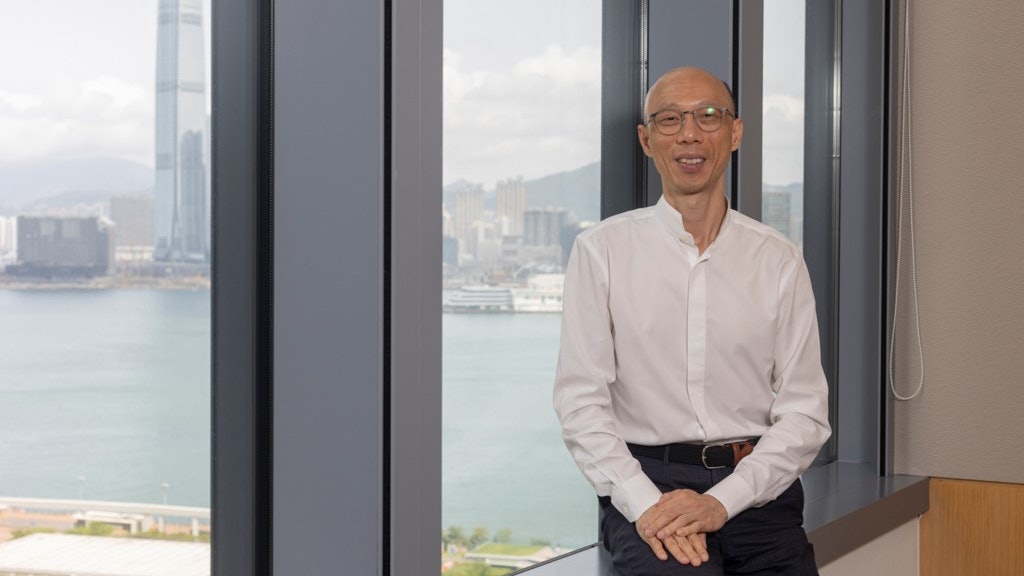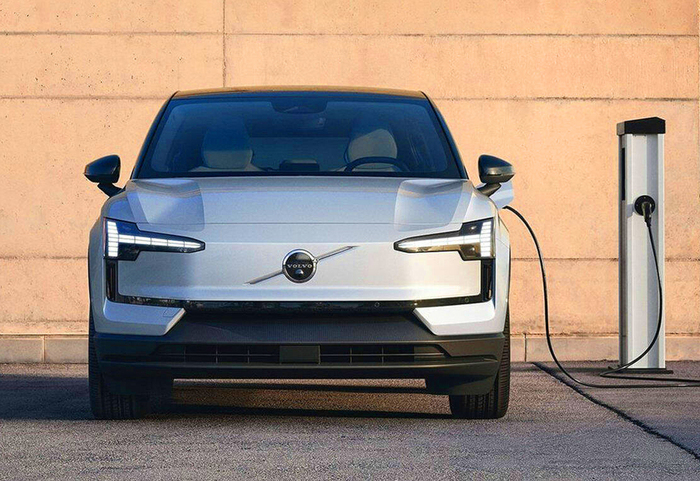Social News
Written by: Golden Chess Lao Minyi
2021-04-05 00:00
Last update date: 2021-04-05 00:00
Climate change has led to more frequent extreme weather. The Hong Kong government has set a carbon neutral goal by 2050 to combat climate change.
Power generation is the largest source of local greenhouse gas emissions. However, the authorities only plan to increase the use of natural gas as fuel for power generation, and it is estimated that the potential of renewable energy only accounts for 3 to 4% of Hong Kong's total electricity consumption.
In an interview with "Hong Kong 01", the Secretary for the Environment Huang Jinxing admitted that there is room for adjustments to renewable energy power generation targets, and revealed that the "Hong Kong Climate Action Blueprint" will be updated in the third quarter of this year, which will specifically talk about the goal of carbon neutrality, including instructions How to achieve zero carbon emissions in power supply? By then, the renewable energy target may be raised, including the expansion of the installation of solar panels in reservoirs.
As for whether zero-emission hydrogen will be used as fuel for power generation, Huang said the authorities are still holding a wait-and-see attitude.
Some scholars criticized that the development of renewable energy in Hong Kong lags behind many countries. "I doubt that the government is willing to develop." They believe that a conservative estimate of renewable energy targets can be set to account for 10% of the overall power generation.
Huang Jinxing Interview Series:
Interview with Huang Jinxing|Incinerators are necessary. If garbage charges are "difficult to produce", reduce waste with half the effort
Interview with Huang Jinxing|The timetable for the electrification of commercial vehicles will take 4 years to accumulate local experience
According to the 2018 greenhouse gas emissions announced by the Environmental Protection Agency, power generation is the largest source of emissions, accounting for more than 65% of the overall emissions.
The Environment Bureau published the "Hong Kong Climate Action Blueprint 2030+" in 2017. It plans to continue to use natural gas to gradually replace coal-fired power generation in 2030. However, natural gas power generation will still generate carbon emissions and expand the proportion of natural gas in the fuel mix. Will it be the same as 2050? Is the carbon neutral goal in conflict?
Huang Jinxing agrees that Hong Kong's transition to electric vehicles will become more dependent on electricity supply, so the low-carbon transformation of electricity is also an important process.
He pointed out that, like other regions, natural gas is a transitional stage of low-carbon transition. He also revealed that the government will update the "Hong Kong Climate Action Blueprint" in the third quarter of this year, which will specifically talk about the goal of carbon neutrality, including how to supply electricity. To achieve zero carbon emissions.
Huang also emphasized that in order to achieve carbon neutrality, "the government has a role, but the cooperation between the two power companies and the business community is important in the future; so that every citizen will participate and understand how to cooperate."
Regarding renewable energy, Huang Jinxing admits that there is room for an upward adjustment of the ratio, and the authorities will "summarize experience and see that renewable energy (proportion) can go to a level that is bleak."
He pointed out that at present, there are three "basic disks" of renewable energy in Hong Kong, including wind energy, solar energy and conversion of waste into energy. The development of solar energy is relatively mature.
He took the grid tariff plan as an example. He believes that community participation has been well received. The latest 13,000 applications have been approved, 90% of which have been approved, and will be completed within this year. The power generation is equivalent to several times the electricity consumption of all residential buildings in Whampoa Garden.
In addition, the authorities plan to install renewable energy power generation devices at government sites and will continue to develop "waste-to-energy" facilities.
Expansion of Floating Solar Panels in Reservoirs
Earlier, the government installed floating solar panels in Shek Pik Reservoir and Plover Cove Reservoir. Huang Jinxing revealed that it would expand the plan and discuss with the Water Supplies Department to try out the plan in other reservoirs. It is currently looking for suitable places.
He pointed out that he has accumulated important experience in the past few years and found that the same solar panel can generate 20% more power than installed on the roof. However, there are also many challenges, including how to keep solar panels safe and efficient under typhoons. Continue to generate electricity.
Many regions currently plan to use zero-emission hydrogen energy as fuel for power generation. When asked about the progress of the adoption of hydrogen energy in Hong Kong, Huang said frankly that since the development of hydrogen energy is still preliminary, he is still holding a wait-and-see attitude.
He also believes that the development of hydrogen energy "will have the first and the second", because Hong Kong is not the source of hydrogen production, but it belongs to the use area; if the development of hydrogen energy is mature in the future, the offshore liquefied natural gas receiving station currently under construction can also be retrofitted. Used to receive hydrogen.
The Environment Bureau plans to continue to gradually replace coal-fired power generation with natural gas in 2030.
(Screenshot of "Hong Kong Climate Action Blueprint 2030+")
The authorities estimate that the potential of renewable energy only accounts for 3 to 4% of Hong Kong's total electricity consumption.
(Screenshot of "Hong Kong Climate Action Blueprint 2030+")
At the end of last year, the Commission for Sustainable Development submitted a long-term carbon reduction strategy report to the government. Many citizens opposed the purchase of renewable energy in the Mainland.
Huang Jinxing believes that the opinions of different organizations, experts, and the general public are diversified, and the government will refer to the committee's comprehensive recommendations.
In addition to importing electricity to the Mainland, will the authorities consider cooperating with other countries or regions?
Huang emphasized that the committee recommends broader regional cooperation, and the authorities are also open. As for the region from which electricity is planned to be transmitted, it will await the announcement of the new "Hong Kong Climate Action Blueprint".
Scholar: There have been studies estimated that solar energy can meet 21% of electricity demand
He Weihuan, the project director of the Greater China Research Center of The Education University of Hong Kong, believes that there is still great potential for the development of solar energy in Hong Kong. 21% of electricity demand.
She criticized that "Hong Kong's potential must not be 3% to 4%, so I doubt that the government is interested in developing (renewable energy)."
He also pointed out that the responsibility for the backward development of renewable energy in Hong Kong lies with the Hong Kong government: "It is often attributed to the land problem. It just wants to rely on imports from other places, and Hong Kong is self-sufficient."
She believes that in the new "Hong Kong Climate Action Blueprint", the renewable energy target should be set at at least 10%, and suggested that the government should expand existing policies, such as the scale of feed-in tariffs; and refer to Taiwan to install solar panels in public spaces. .
HKUST installs the largest solar power system in Hong Kong to produce enough electricity for 900 households with 3 persons for a year
NWFB and Citybus launched the first solar-powered double-decker bus to run Route 8 between Heng Hua Village and Wan Chai North
[Feed-in electricity price] Gu Weimu predicts that renewable energy will increase 10 times in 2 to 3 years
[Feed-in tariffs] If companies wait coldly for renewable energy certificates or increase the pressure on electricity charges
According to WWF survey, 70% of respondents are willing to install renewable energy equipment, but only need to pay back within 9 years
Increase by 4% by 2030, trial installation of solar power panels in reservoirs and quarries of renewable energy
01News
Environment Bureau Huang Jinxing Renewable Energy Energy Policy Solar Power Wind Power







